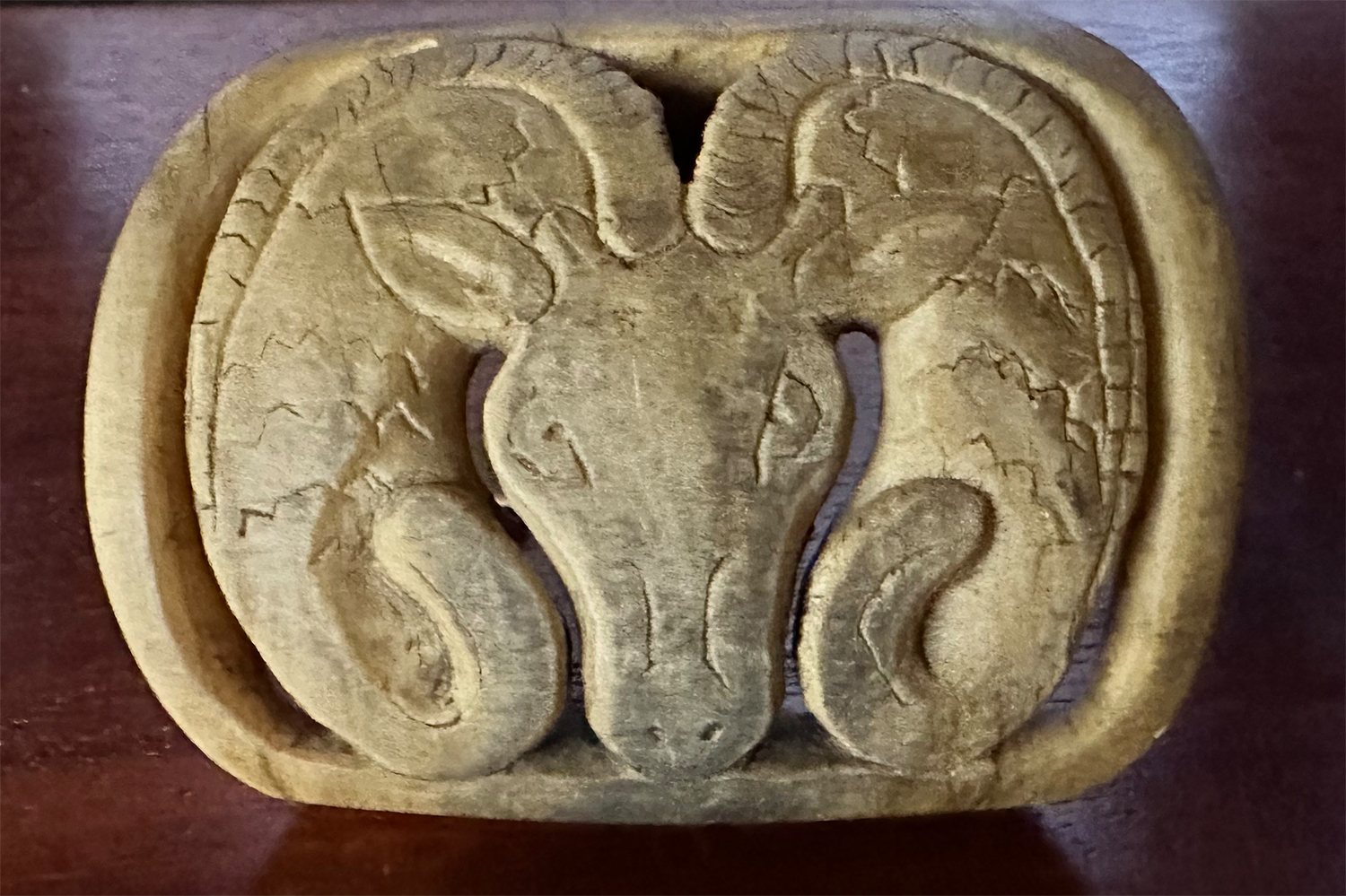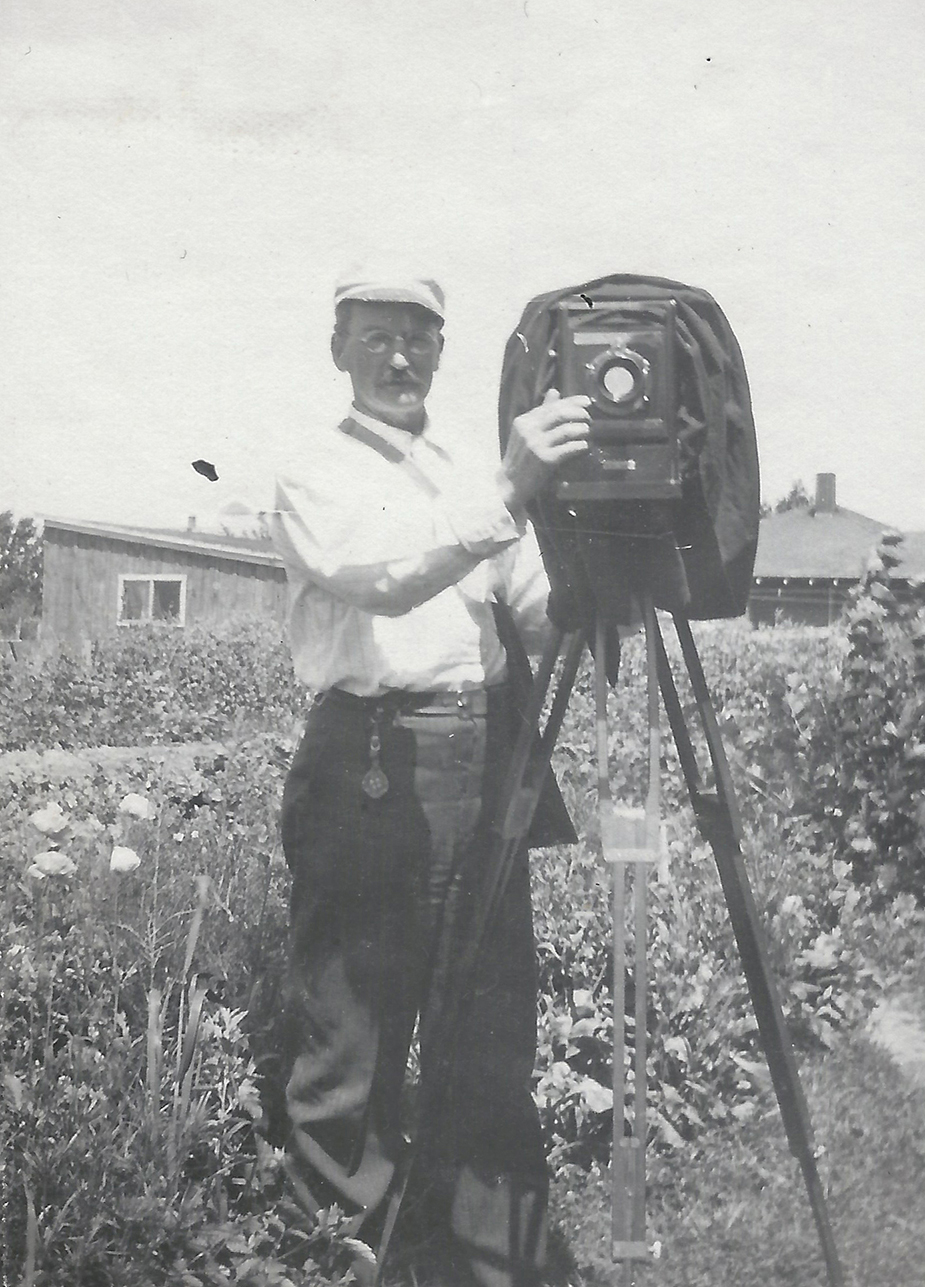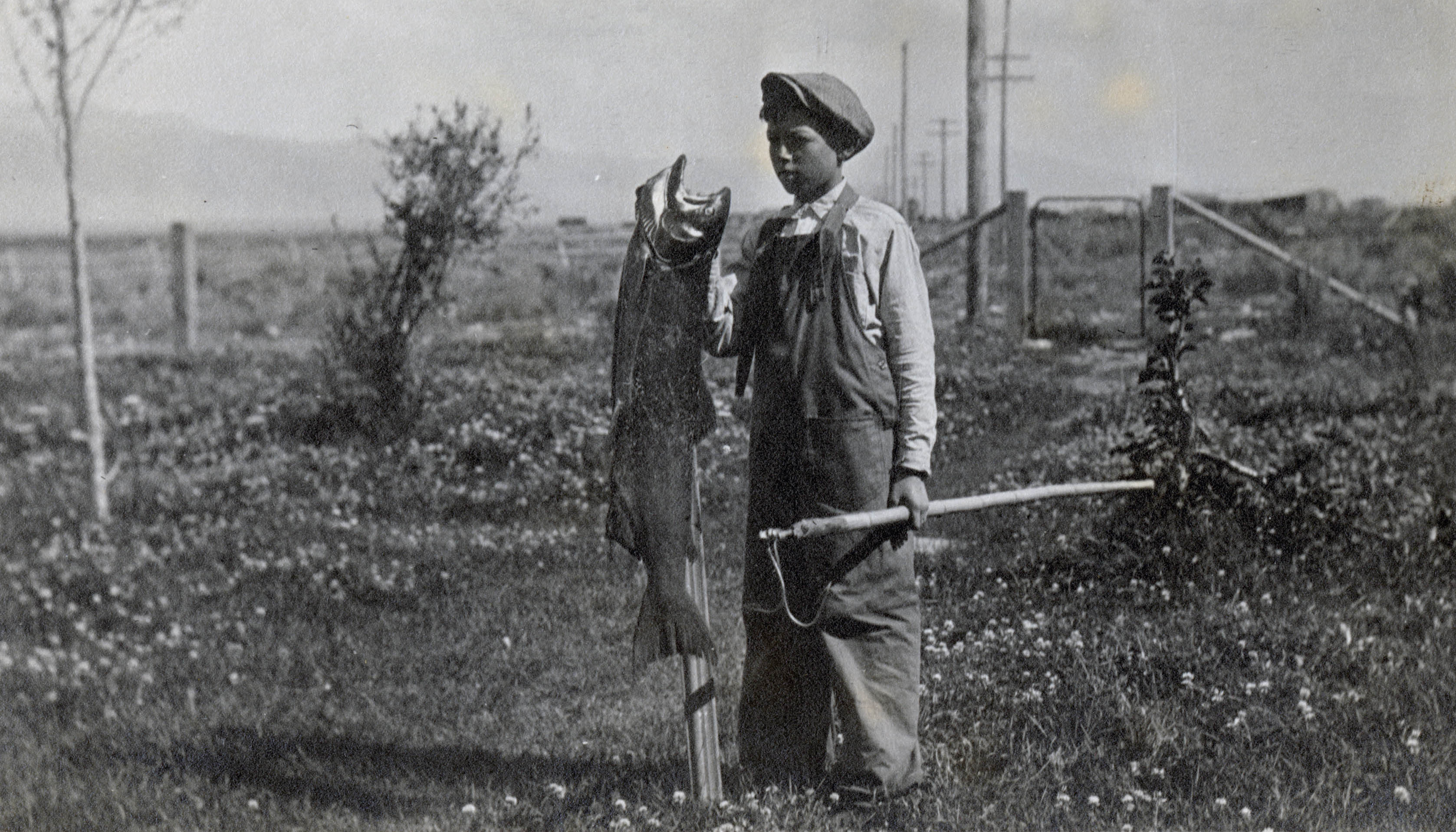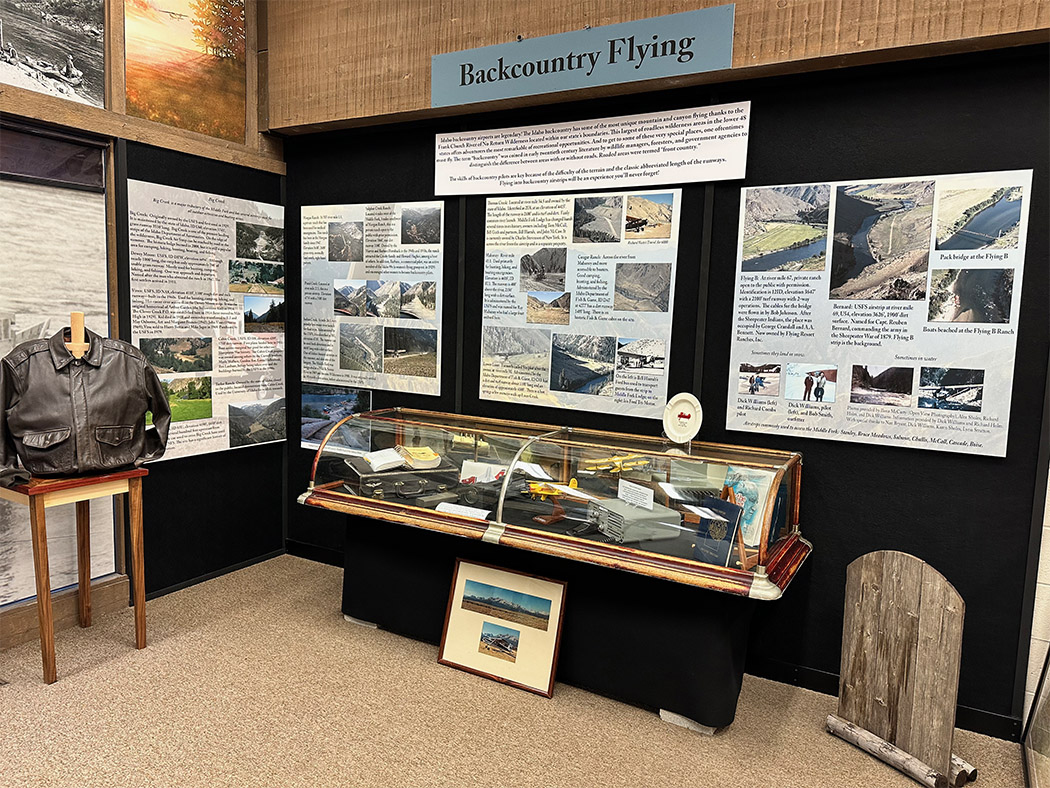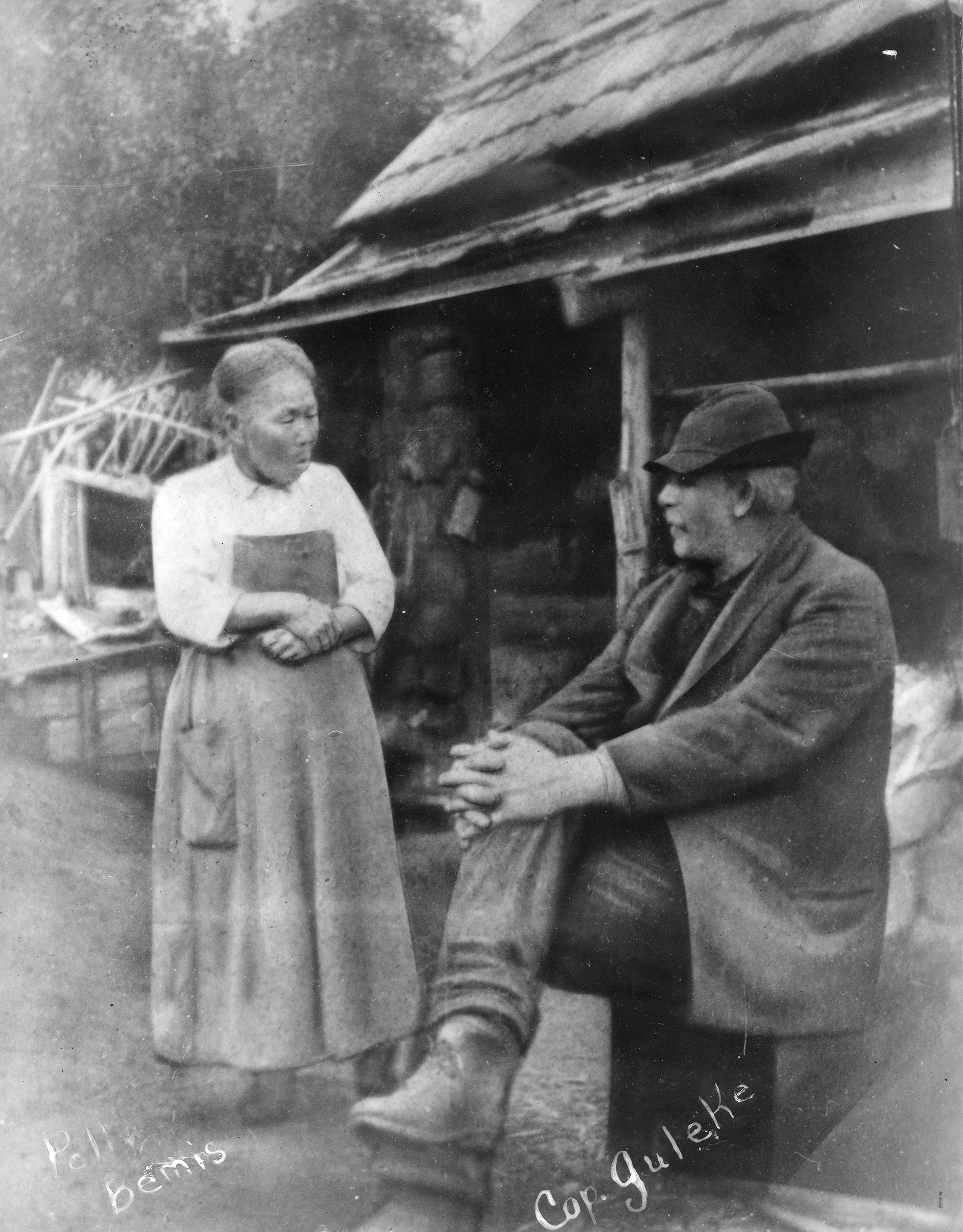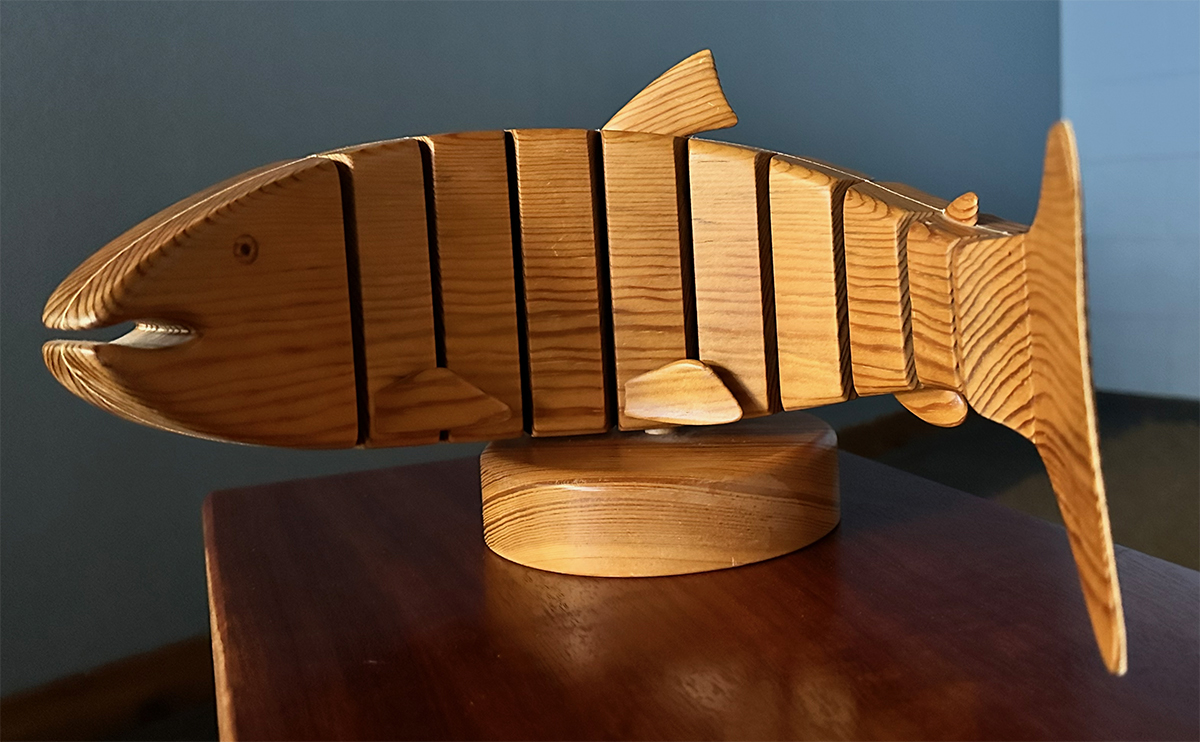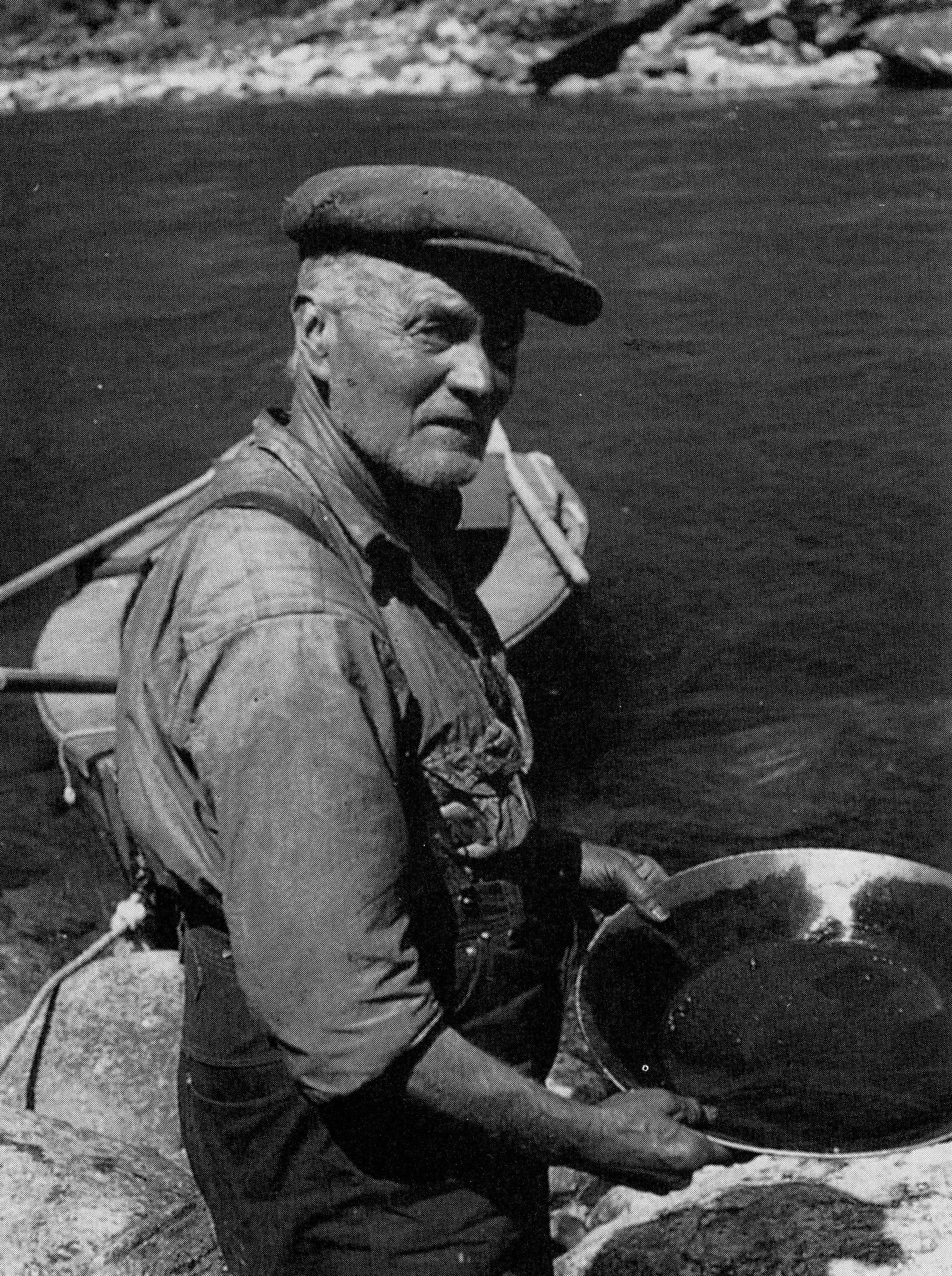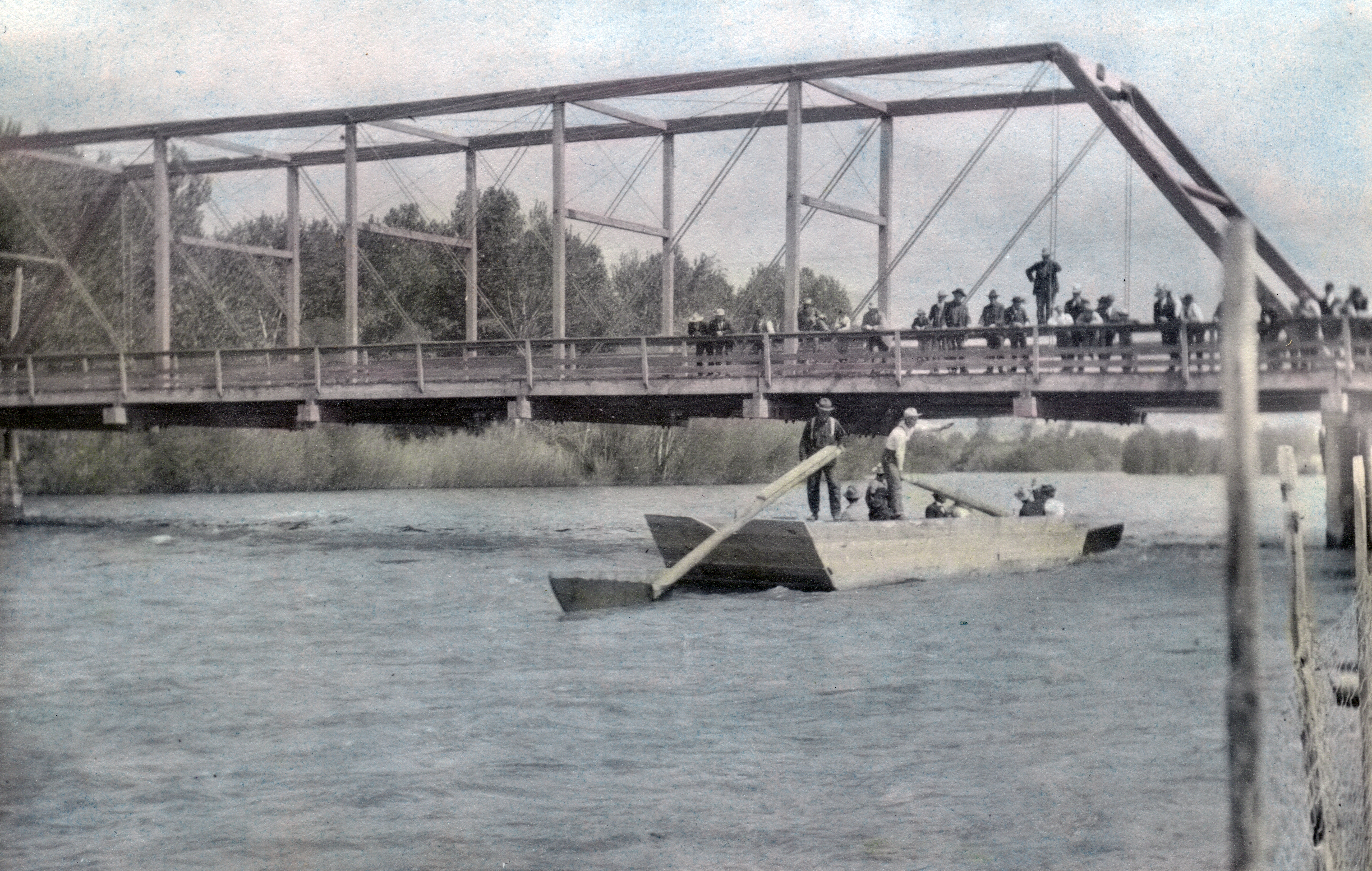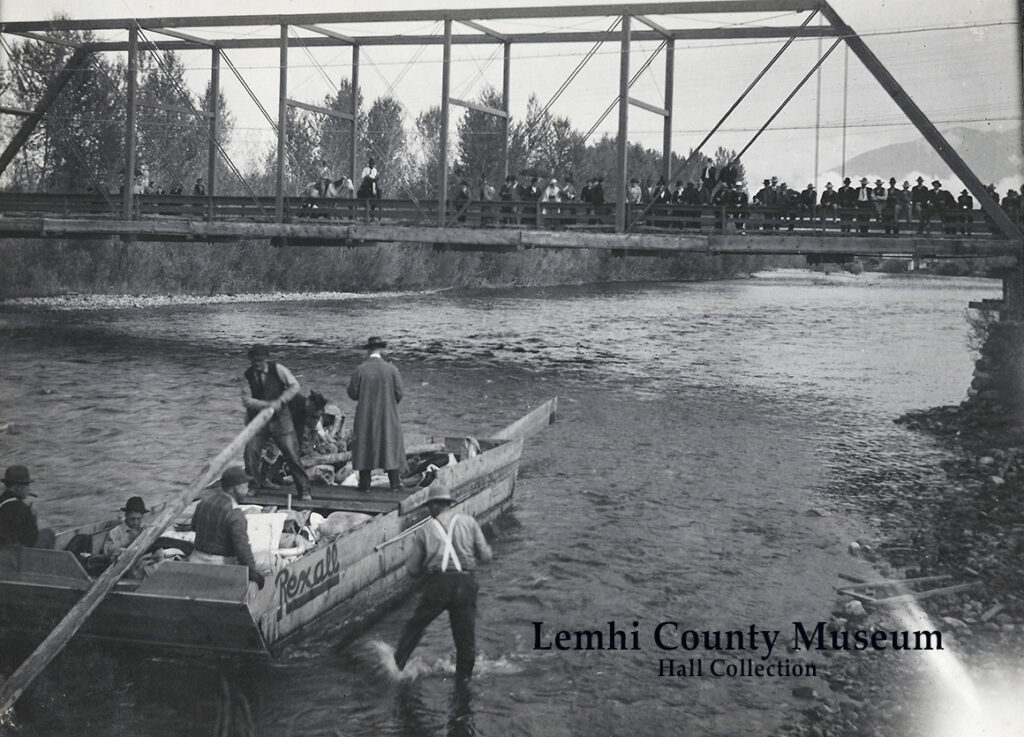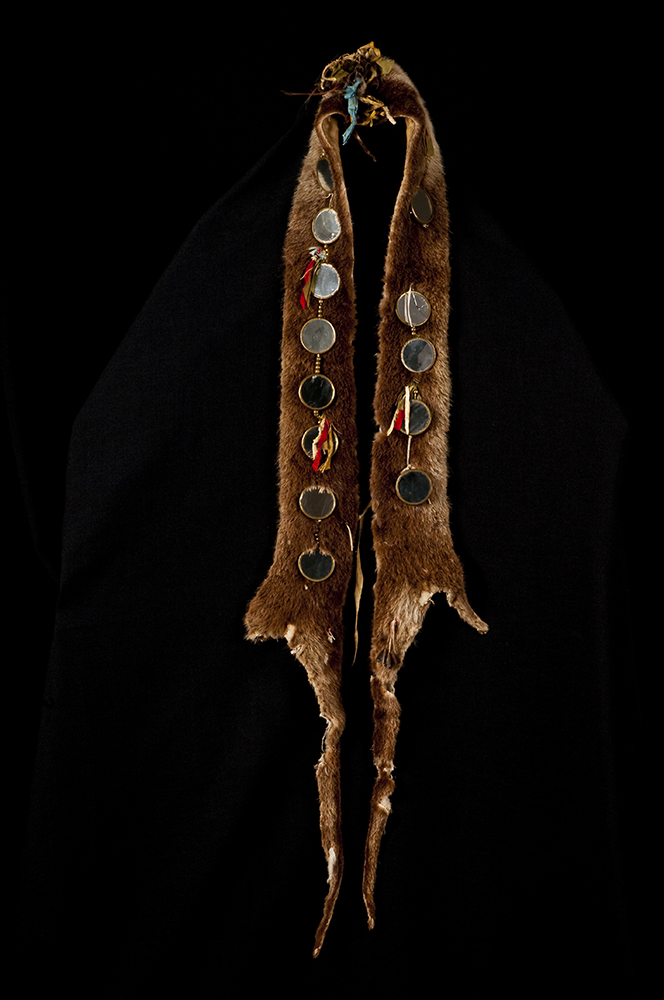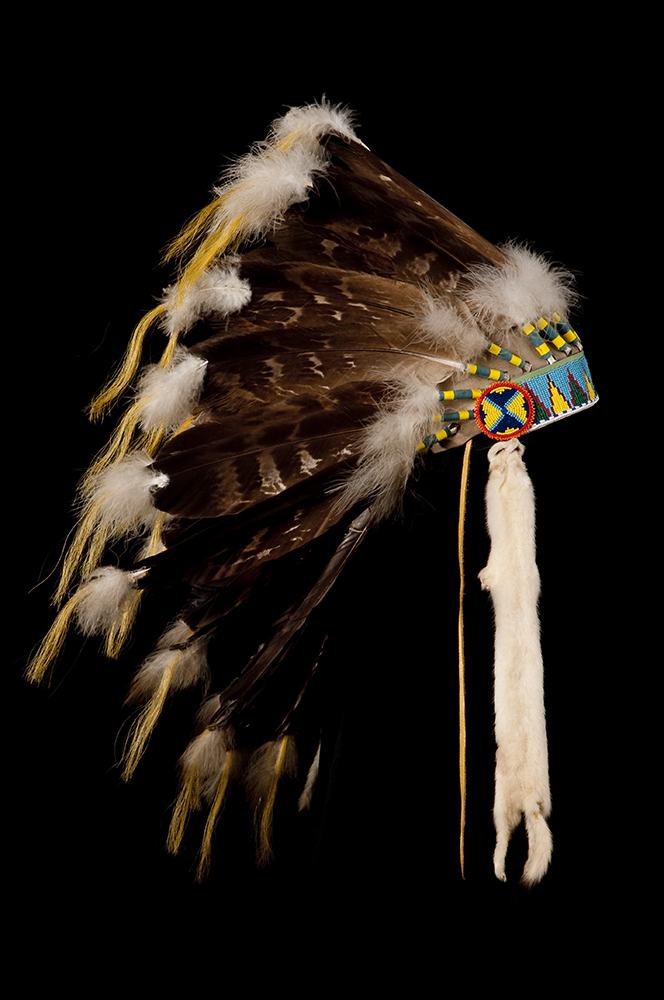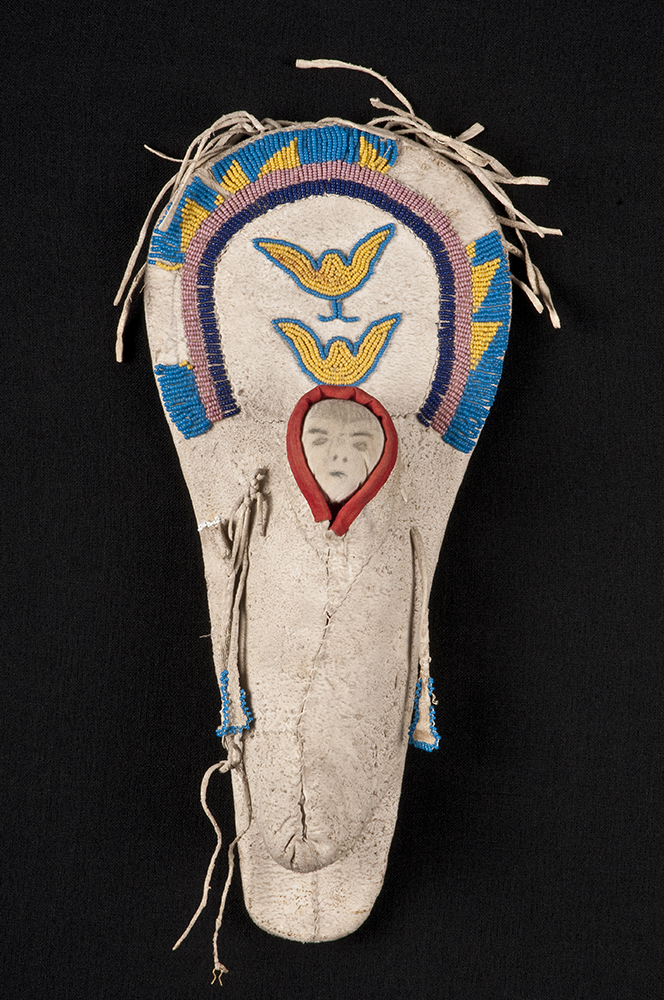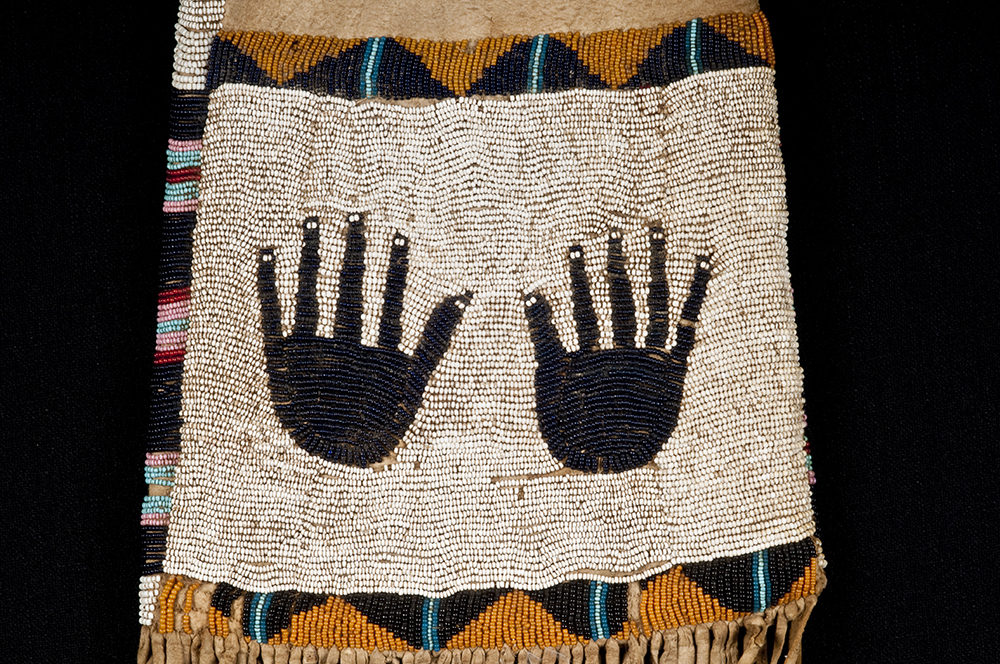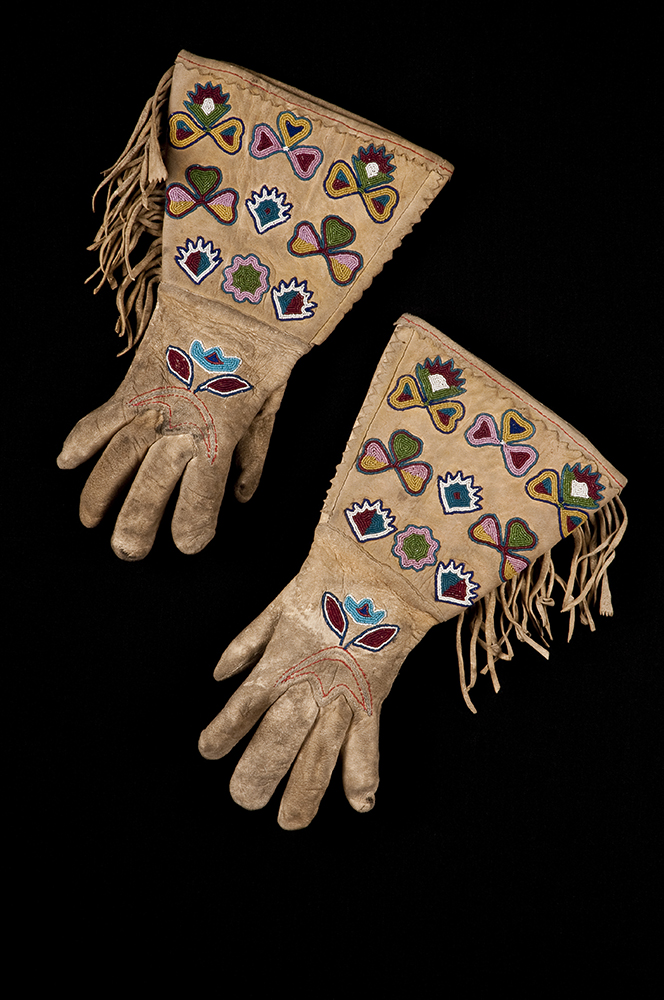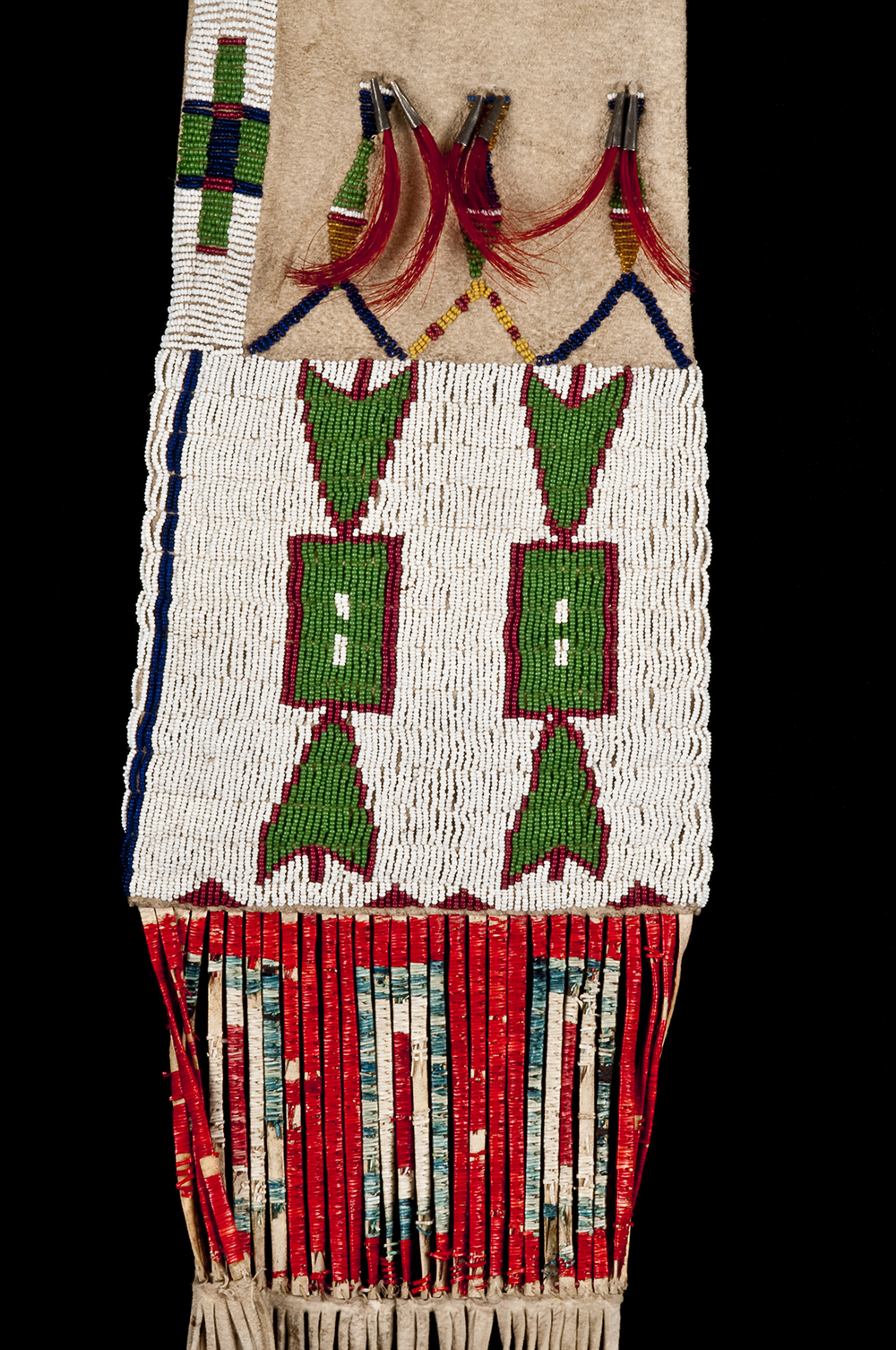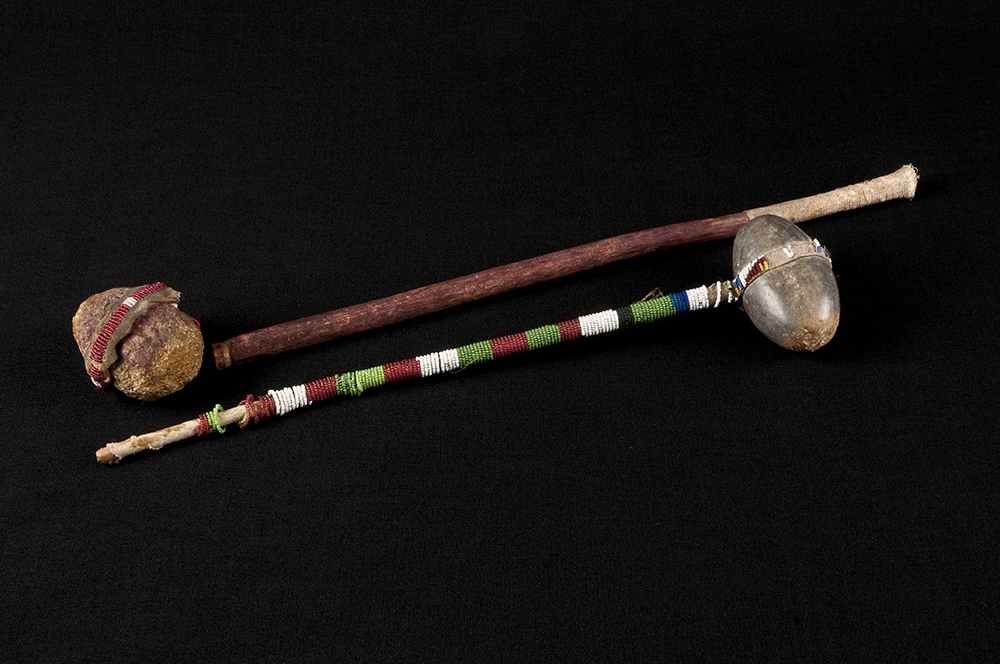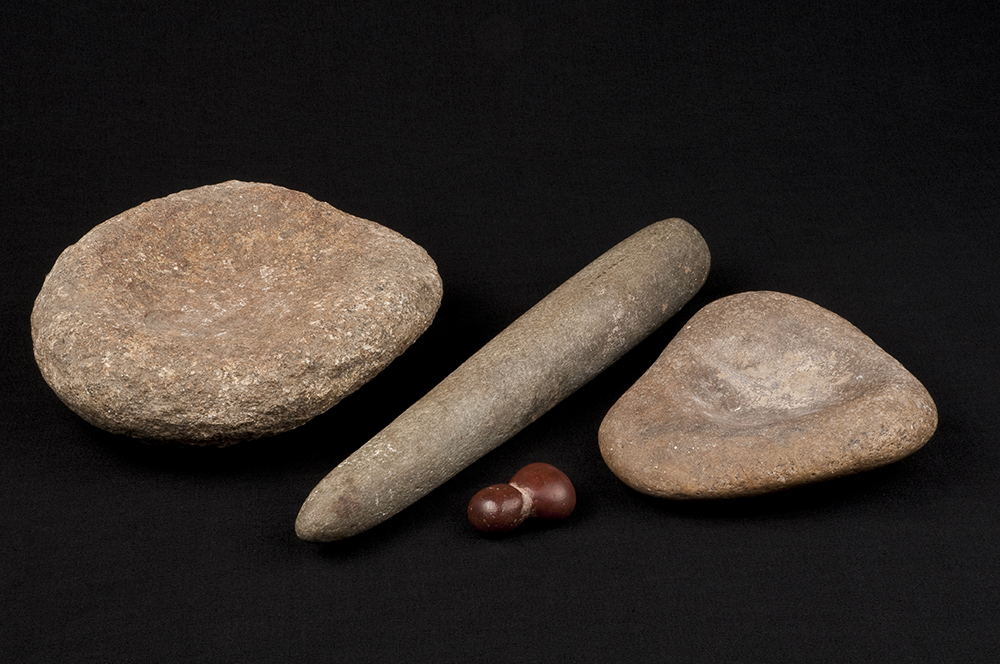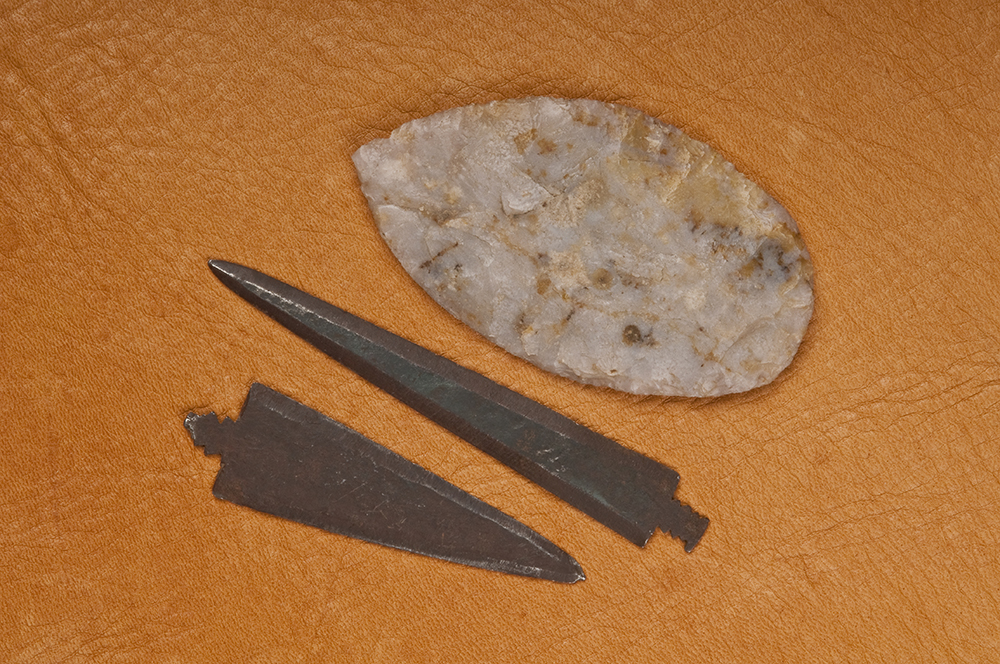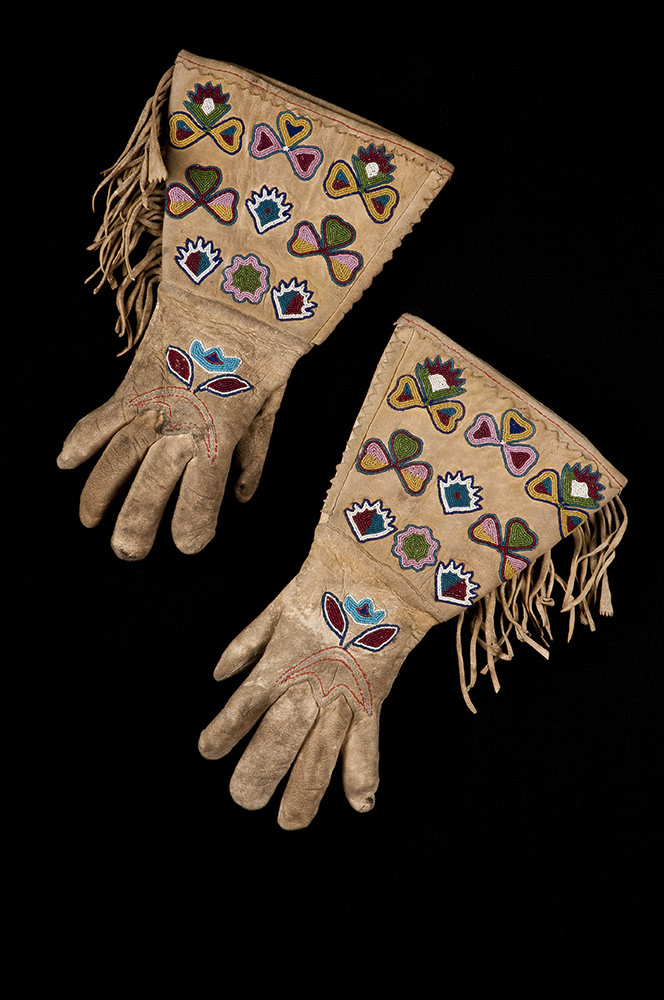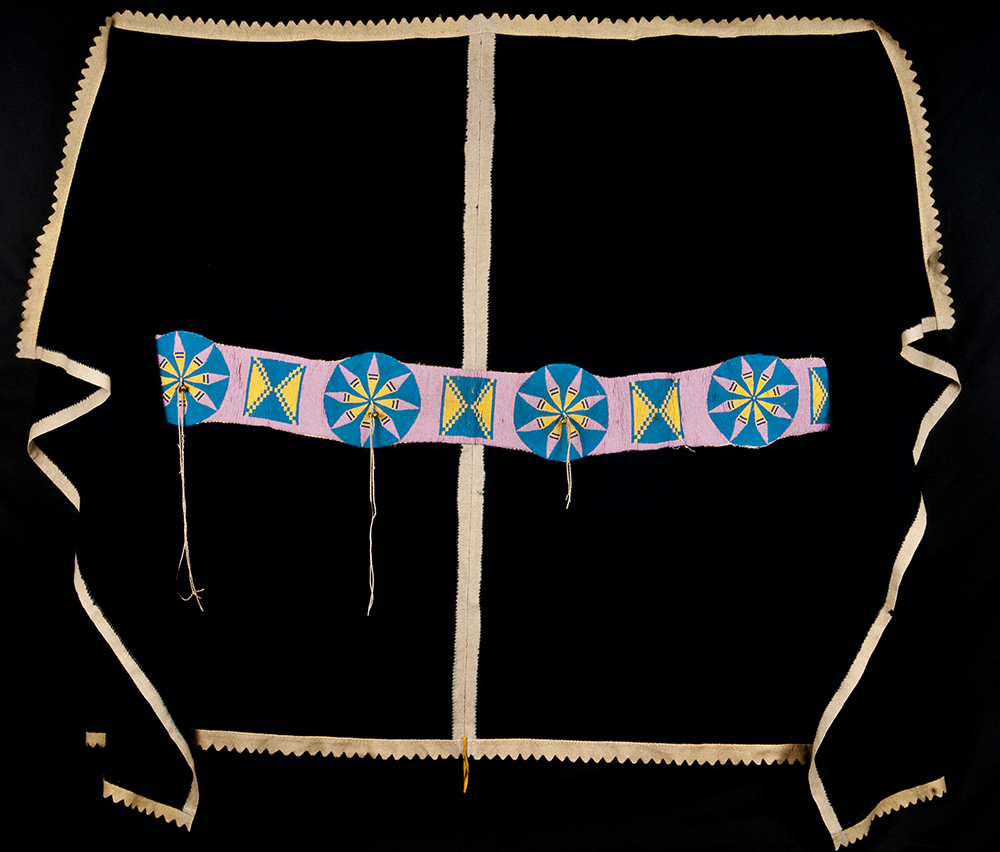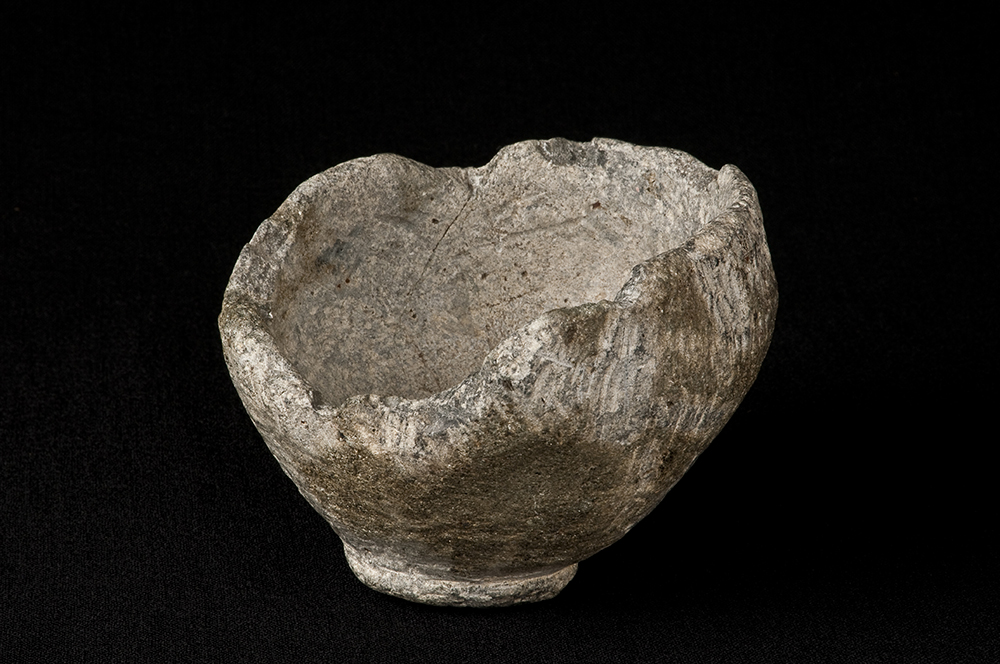A RIVER OF HISTORY: CONNECTING OUR PAST, PRESENT, AND FUTURE (204 Main Street) And through our past, present, and future run the Main Salmon (“The River of No Return”), the Middle Fork, the Lemhi, and Pahsimeroi Rivers. These waterways, along with the mountains, define this place and direct its development, settlement, and adaptations to change. The “River of History” museum–as part of the Lemhi County Museum–features river-related artifacts, photographs, and biographies. Interpretive panels discuss streambed restoration, anadromous fish, culture, and community. It includes exhibits on backcountry flying and geology. This building is also home to THE SHIRLEY WALKER LEMHI COUNTY HISTORY RESEARCH CENTER, VISITOR CENTER, AND CHAMBER OF COMMERCE.
Archives
AGAIDIKA SHOSHONE ARTIFACTS
The Lemhi County Historical Society and Museum houses the largest extant collection of Agaidika (salmon eater) Shoshone artifacts on exhibit. The Salmon, Lemhi, and Pahsimerai* valleys are the traditional homeland of the Agaidika and an extensive collection of clothing, beadwork, spearpoints, and other implements detail their lives in these valleys.
*Original Spelling
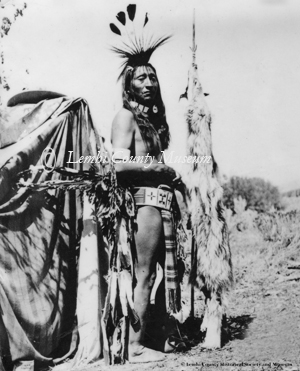

CHINESE ARTIFACTS
In Lemhi County, the Chinese arrived with the discovery of gold and moved throughout the region as ore deposits were located. In Salmon City, the Chinese established a small commnity where the Lemhi County Museum now stands, extending north approximately two blocks and west to the banks of the river. The Museum exhibits a number of artifacts from the local Chinese population as well as a collection of photographs.
In 1966, to commemorate the efforts of his mining and ranching ancestors, the Ray Edwards estate donated a collection of Asian artifacts and built the room in which they are exhibited. Edwards collected the Chinese, Japanese, and Tibetan relics during a 1920s tour of Asia.





